Dreams: The Surprising Origin of 7 Creative Triumphs
Learn how dreams have provided inspiration for artists and inventors, from Paul McCartney to Stephen King.

Learn how dreams have provided inspiration for artists and inventors, from Paul McCartney to Stephen King.

Table of Contents
ToggleDreams often provide inspiration for artists and inventors. Many of the artistic works and objects we take for granted first began life in the dream of their creator.
So, what do Mary Shelley’s Frankenstein, Paul McCartney’s song “Yesterday,” and the sewing machine all have in common? That’s right—they were all dreamed up before they were created in waking reality in the form we know today.
Keep reading for a look at how seven creative triumphs developed out of their creators’ dreams.
One of the most productive gatherings in history was the night spent in Geneva, Switzerland by Mary Shelley, Percy Bysshe Shelley, Lord Byron, and John William Polidori.
On this dark and stormy night, Lord Byron suggested that they each write a ghost story. That same night, Mary had a dream about a mad scientist, Victor Frankenstein, who gives life to a monstrous creature assembled from dismembered corpses. Incredibly, Mary was just 21 years old when she published the novel, and Frankenstein is now considered a literary and cultural classic.
John William Polidori was also inspired on that same trip for his novella “The Vampyre,” which is widely considered to be the first published vampire story of the modern era.
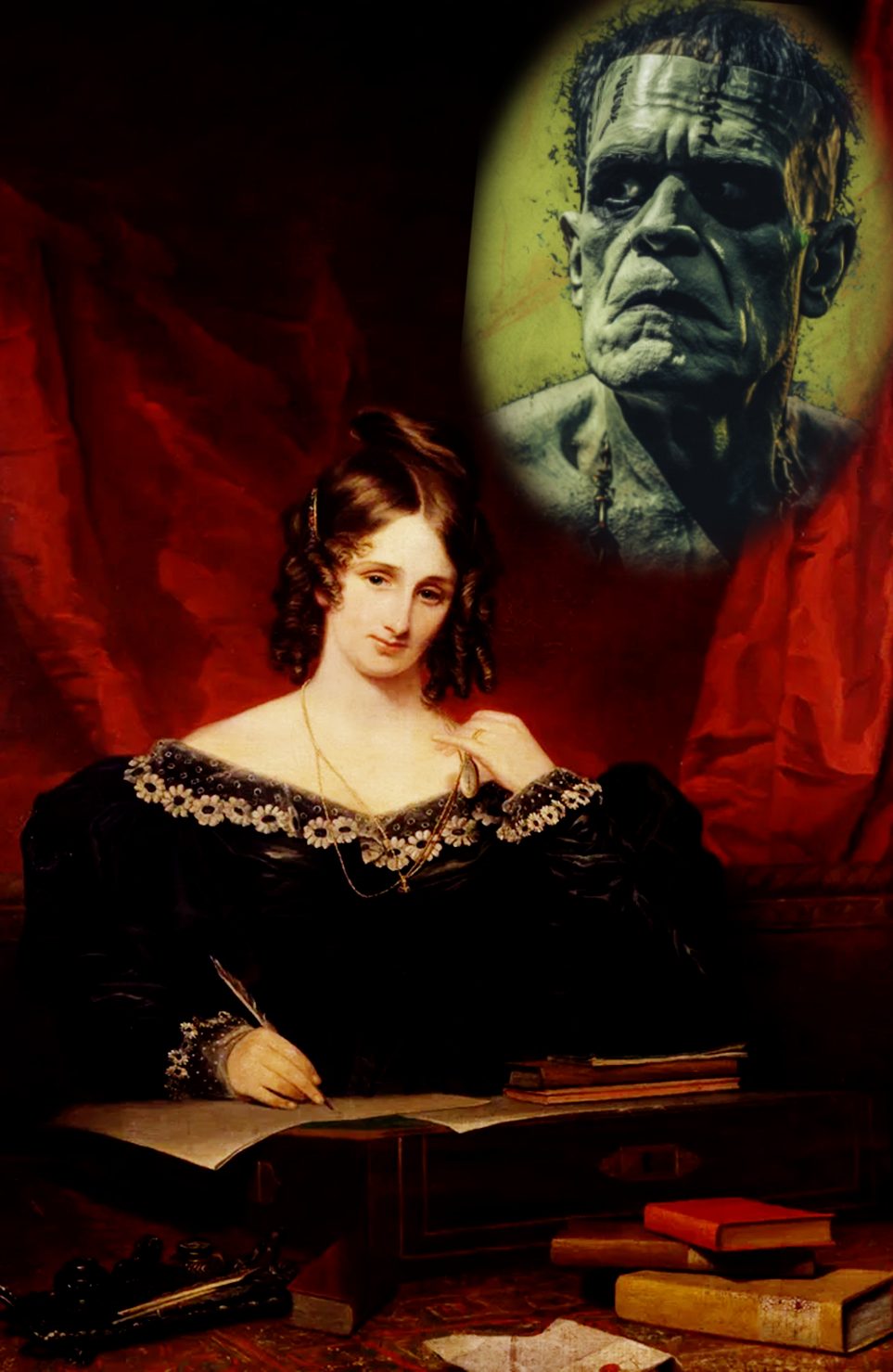
Elias Howe was an American inventor who lived in Massachusetts and New York during the 1800s. He is most well known today for his invention of the modern lockstitch sewing machine.
But what was Elias’s inspiration? That’s right, it was a dream! And not just any dream—Elias had a bizarre nightmare that he had been captured by cannibals. These fearsome men demanded that he invent a sewing machine within 24 hours or he would die a gruesome death.
In the dream, Howe failed to create the machine in time, resulting in being stabbed repeatedly by spears. These spears each had a hole in the tip, which Howe then took inspiration from for the “eye in the needle.” This wild dream enabled Howe’s breakthrough and led to his invention of the lock-stitch sewing machine that he had been struggling to invent.
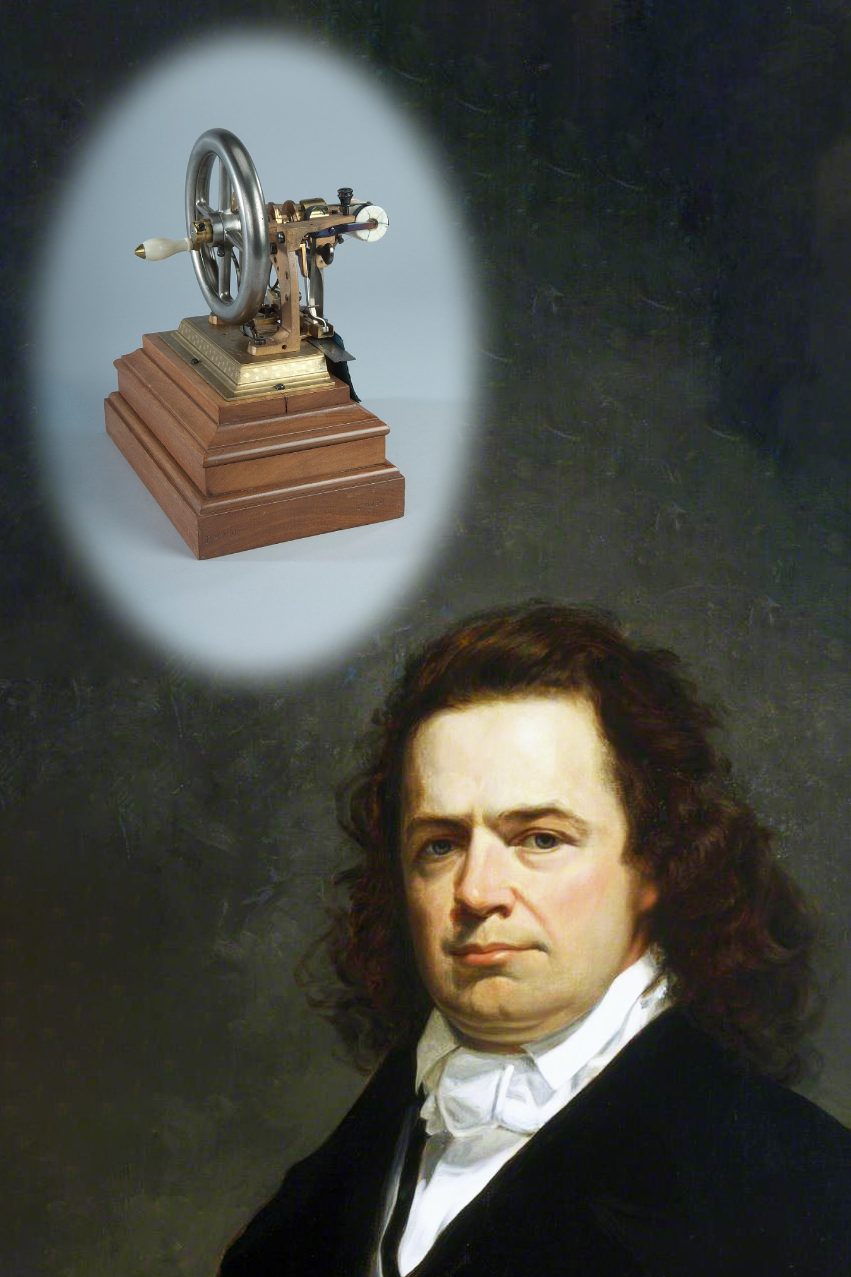
Just about any aspiring filmmaker would dream of having the career of James Cameron, who brought us massive hits such as The Terminator, Titanic, and Avatar.
The Terminator was Cameron’s first big success and one that proved critical for launching his career. Yet The Terminator would never have come into being if not for a dream that Cameron had. In fact, it was a literal “fever dream,” as Cameron was sick with a fever at the time. As he describes it, he saw “the image of a chrome skeleton emerging from a fire.”
This chrome skeleton would become the “Terminator,” of course, and Cameron’s legacy as a Hollywood filmmaker was already off to a great start. Many of Cameron’s movies have come from dreams, reminding us of the creative power of these nightly visions.

In the 1800s, the German chemist Friedrich August Kekulé was hard at work developing the modern understanding of benzene.
Today, we know that many organic chemical compounds have loops of six carbon atoms known as benzene rings. It is thanks to August Kekulé, however, that we think of them this way.
You see, Kekulé had a daydream in 1862 in his apartment in Ghent, Belgium, while writing a chemistry textbook. Kekulé had been trying to develop a visualization of a benzene ring when he had a dream about a snake eating its own tail.
Often known as “Ouroboros,” this image of a snake devouring its own tail served Kekulé as a fitting figure for the hexagonal benzene ring we know today.
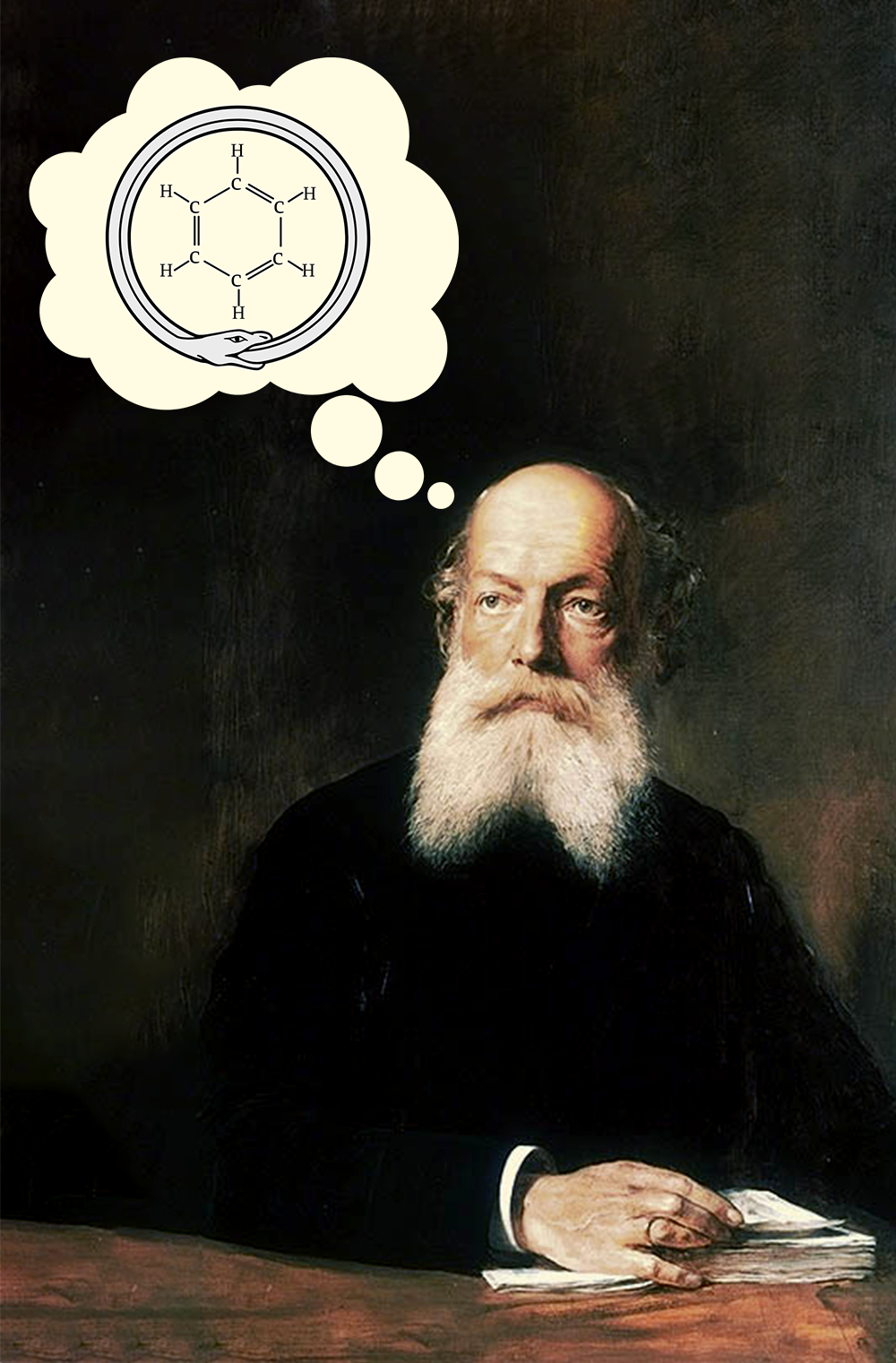
Salvador Dali was a Spanish painter who is often associated with the Surrealist movement that had its greatest flowering from the 1920s through 1940s, particularly in Western Europe.
Dali once referred to his paintings as “hand-painted photographs of dreams,” and dreams and visions were fundamental to his artistic process.
By letting his powerful imagination take flight in his dreams, Dali was supplied with countless surreal images that he could use for his paintings. One technique he used in particular was to hold an object while falling asleep in a chair. Once he drifted to sleep, the object would drop, making a noise that would wake him up and allow him to start painting in this liminal space between sleep and awake.
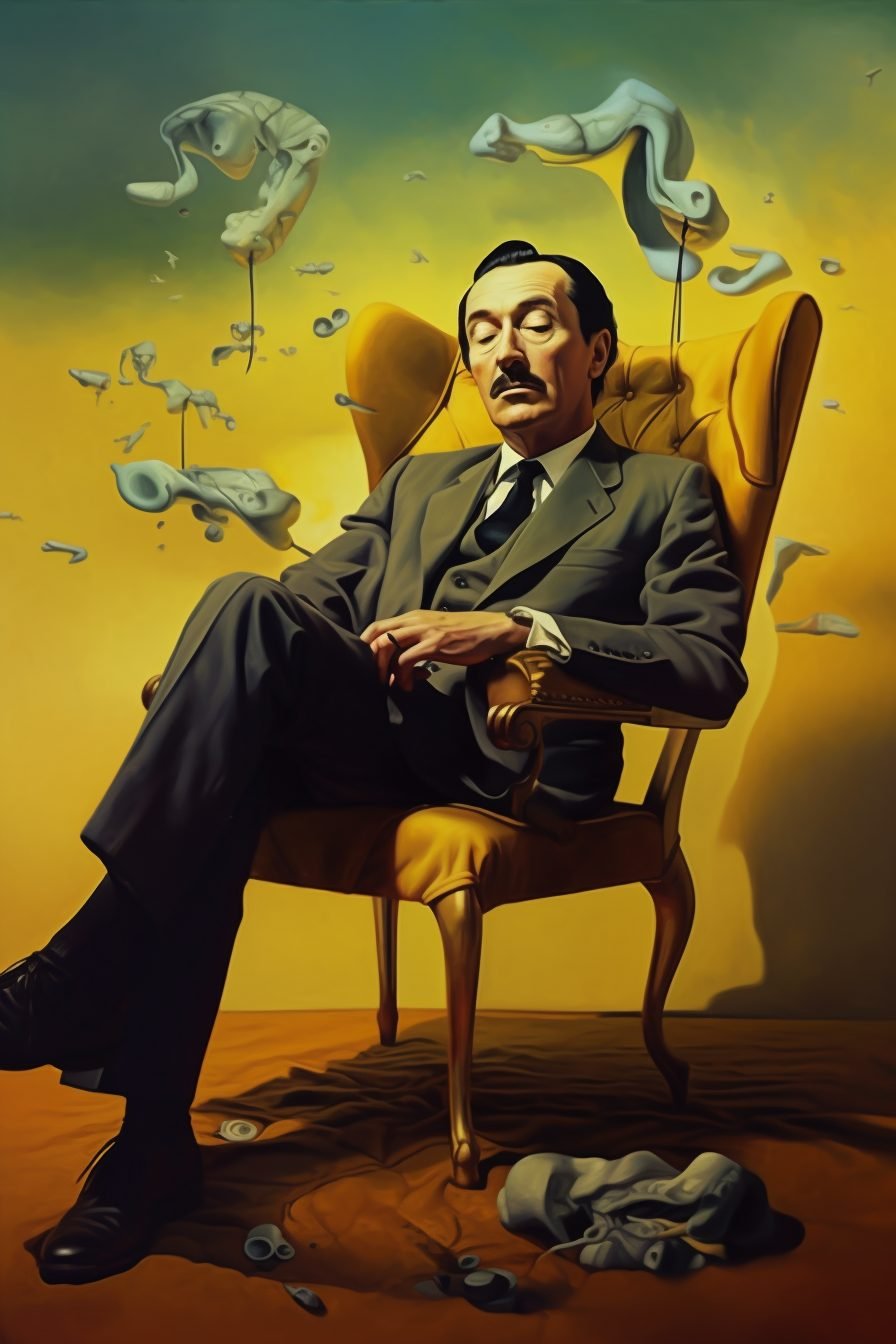
The author of classics such as The Shining and It, Stephen King has often spoken of the craft of writing, for example in his book On Writing: A Memoir of the Craft. In it, he compares his writing process to being in a waking dream-state.
In 1984, he also had a dream that would lead to one of his most well-known novels, Misery. In this dream, which came on a flight to England, he saw a crazed woman who kidnapped her favorite author.
King woke up, wrote down the idea on a napkin, and couldn’t go back to sleep until he developed more of the story. Misery is a cautionary tale against obsessive fans and one that resonates widely today given our celebrity culture that’s full of “stans,” itself derived from the obsessive fan in Eminem’s song “Stan.”
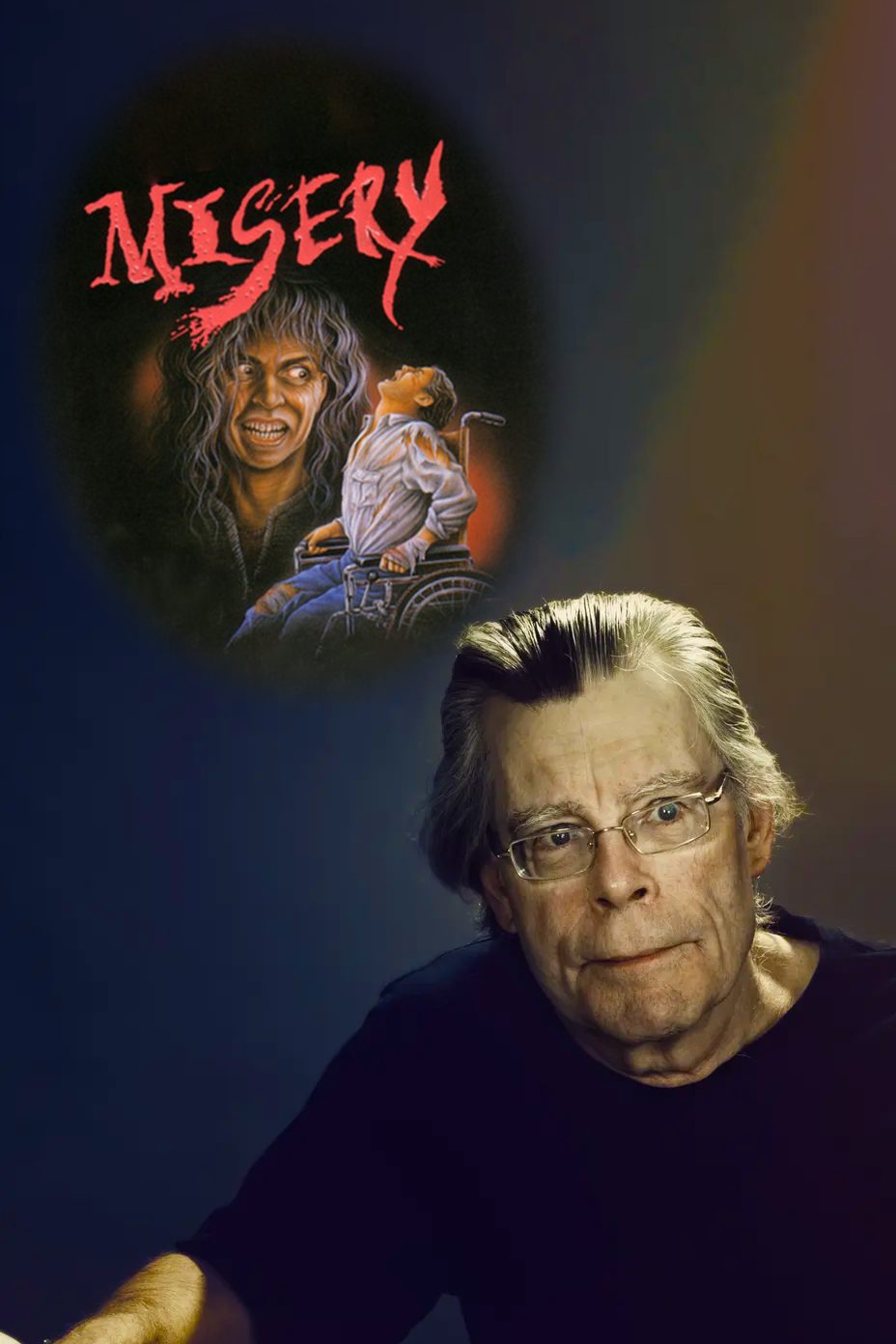
Dreams have also been a creative tool for musicians, and there are perhaps few more illustrious than Paul McCartney of the Beatles. His song “Yesterday” is often considered one of the greatest songs of all time.
One night, McCartney was dreaming and he heard the melody of “Yesterday” within the dream. Upon waking, he went to his piano and started working out the chords.
While almost everyone has heard the opening of “Yesterday,” instead of this word the first filler that McCartney came up with was “scrambled eggs.” Not quite so poetic, is it?
This is a good reminder that the melody came to McCartney in his dream, but not the fully-fledged song. This is often the case, as artists and inventors have to work to flesh out and perfect the idea that they dream about.
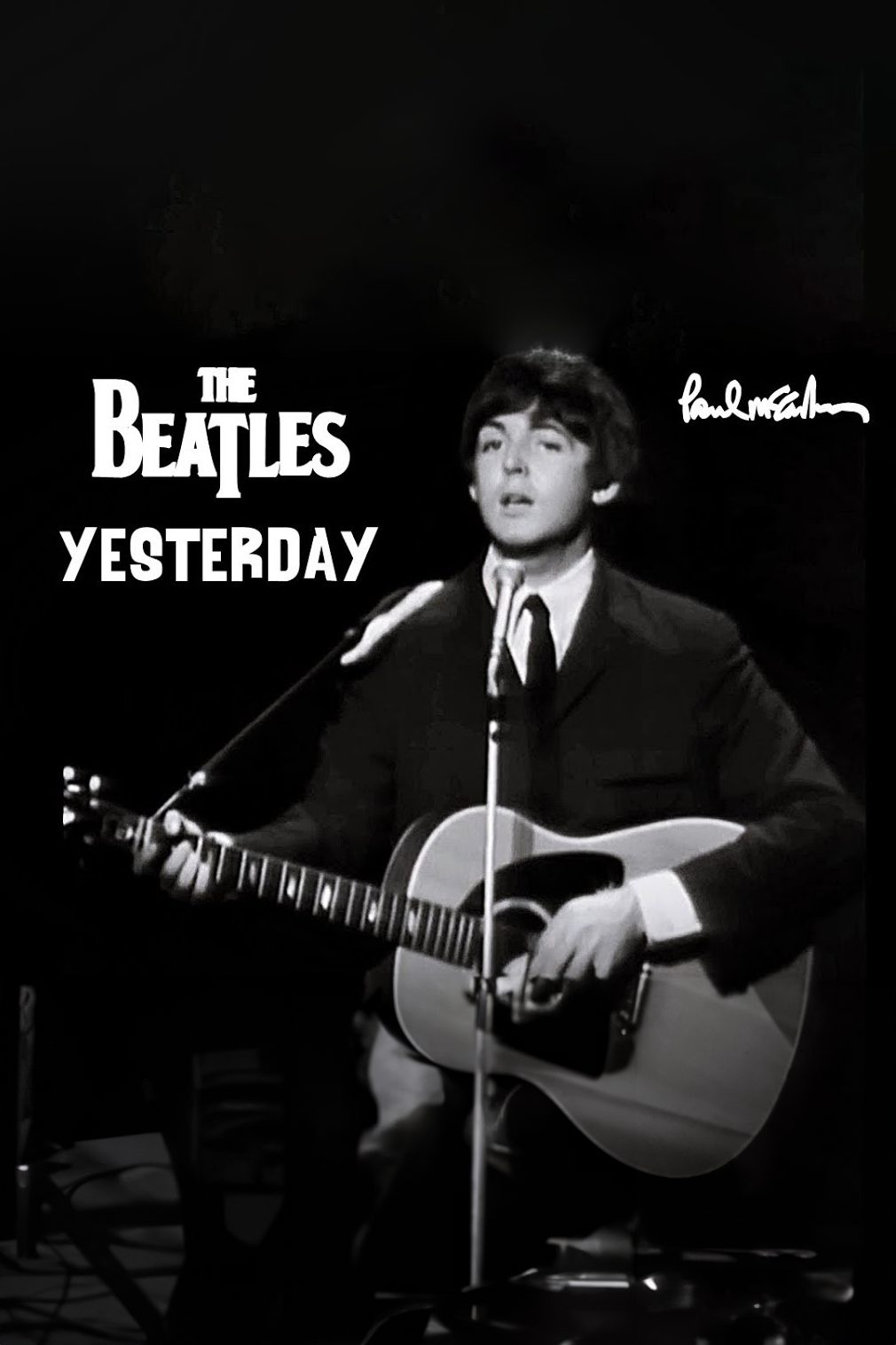
Thanks to neuroscience, we now know much more about the science of sleep and dreams. According to Harvard psychologist Deidre Barrett, “Dreams are just thinking in a different biochemical state.”
In this state, the brain thinks more visually and intuitively. The dream-state thus allows for artists and inventors to “work” while they are asleep, as they can wake up and work on turning these dreams into reality (or into a fictional or artistic representation).
So, thanks to dreams, we now have many classic works of art as well as useful things that we use on a day-to-day basis.
